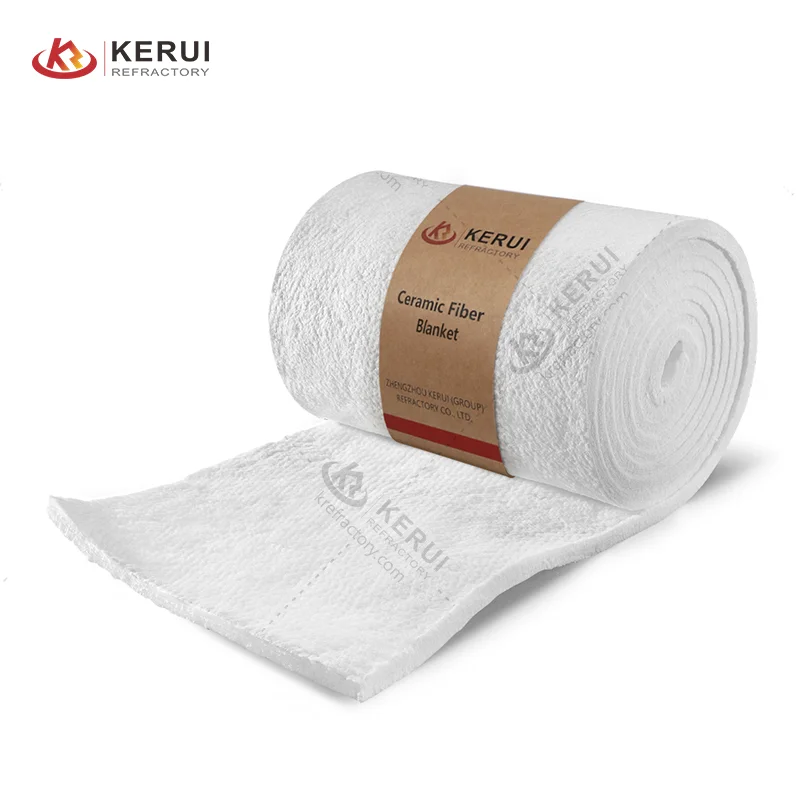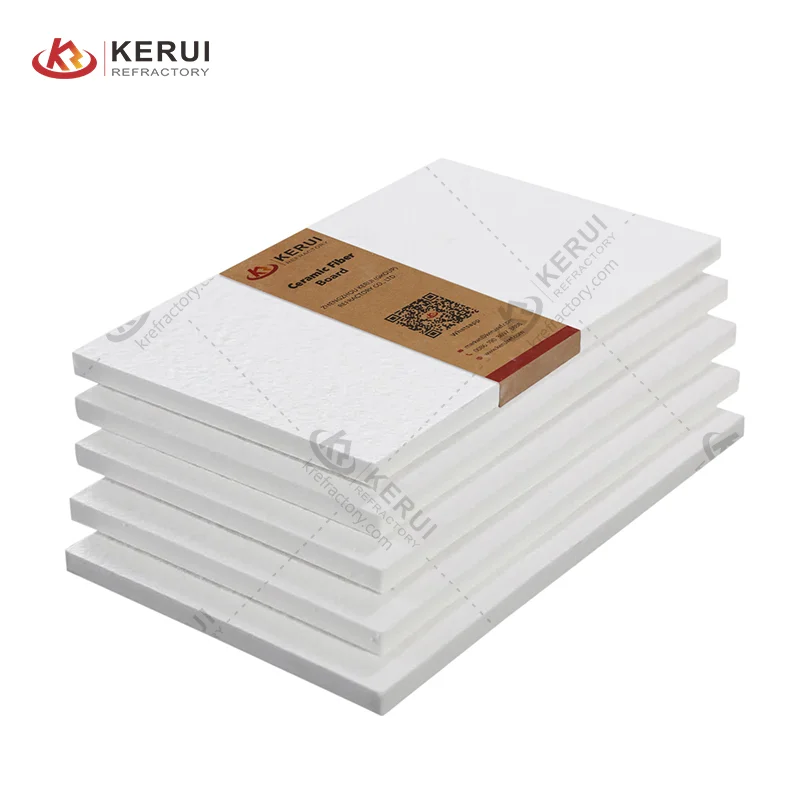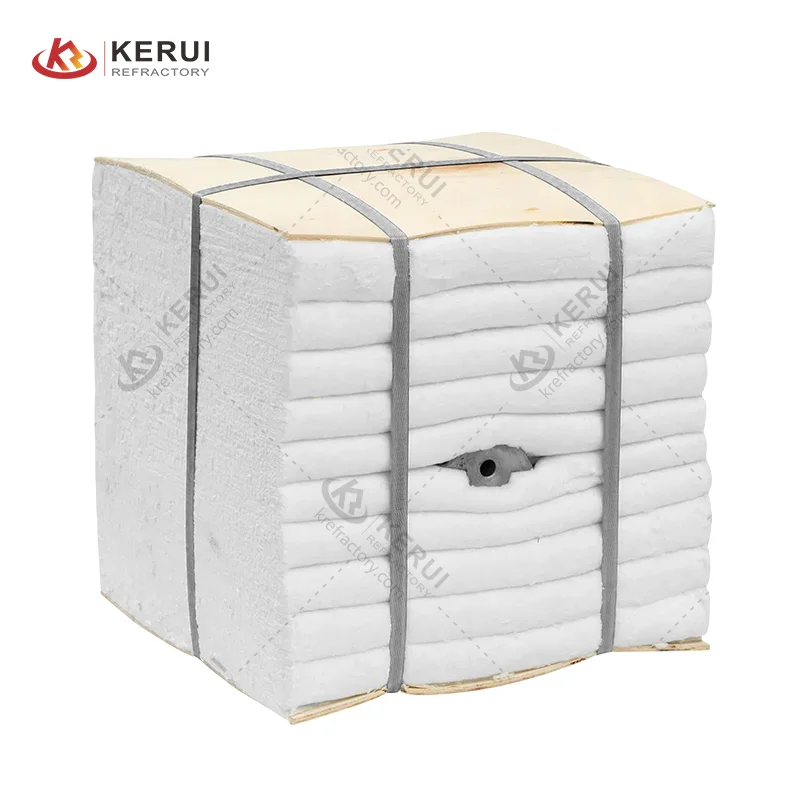Article Navigation
- What is Ceramic Fiber Insulation?
- Types of Ceramic Fiber Insulation Products
- Technical Properties and Performance Metrics
- Industrial Applications: Where and Why It’s Used
- Installation Techniques and Safety Practices
- Innovations Shaping the Future
1. What is Ceramic Fiber Insulation?
Ceramic fiber insulation is a lightweight, high-temperature material composed of alumina-silicate fibers. Renowned for its exceptional thermal stability (up to 1600°C) and low thermal conductivity, it serves as a critical solution for energy conservation and equipment protection in extreme environments. This guide explores its diverse forms, industry-specific uses, and cutting-edge advancements.
2. Types of Ceramic Fiber Insulation Products
Ceramic fiber insulation is available in multiple forms, each tailored to specific thermal and mechanical demands:
| Product Type | Composition | Max Temp (°C) | Density (kg/m³) | Key Features |
|---|---|---|---|---|
| Ceramic Fiber Blankets | Al₂O₃ (45–55%) + SiO₂ | 1260–1430 | 64–128 | Flexible, easy to cut and layer |
| Ceramic Fiber Modules | Pre-folded blanket units | 1430 | 96–160 | Rapid installation, minimal joints |
| Ceramic Fiber Boards | Fiber + organic binders | 1100–1260 | 240–320 | Rigid, high compressive strength |
| Ceramic Fiber Paper | Ultra-thin fibers | 1000 | 180–220 | Electrical insulation, gasketing |
| Ceramic Fiber Textiles | Fiber + glass filament | 1000–1100 | 300–500 | Heat-resistant curtains, seals |



More Ceramic Fiber Insulation Products: Click Here!
Specialized Variants:
- Zirconia-Enhanced: Withstands 1600°C in oxidizing atmospheres (e.g., furnace linings).
- Bio-Soluble Fibers: Safer alternative with reduced health risks (SiO₂-CaO-MgO composition).
3. Technical Properties and Performance Metrics
| Property | Typical Value | Test Method | Impact on Performance |
|---|---|---|---|
| Thermal Conductivity | 0.05–0.15 W/m·K (at 600°C) | ASTM C201 | Lower values = better insulation |
| Linear Shrinkage | <2.5% (24h at max temp) | ASTM C356 | Indicates dimensional stability |
| Tensile Strength | 50–150 kPa | ASTM C1335 | Critical for mechanical durability |
| Chemical Resistance | Stable in pH 2–12 | ASTM C863 | Determines suitability for corrosive environments |
4. Industrial Applications: Where and Why It’s Used
4.1 Metallurgy
- Electric Arc Furnaces: Roof and wall insulation reduces energy loss by 30%.
- Ladle Covers: Maintains molten metal temperature during transfers.
4.2 Petrochemical
- Cracker Furnaces: Insulates radiant coils operating at 1200°C.
- Flare Stacks: Protects structures from 1000°C+ exhaust gases.
4.3 Power Generation
- Gas Turbines: Thermal barriers in combustion chambers.
- Boilers: Wrapped around steam pipes to minimize heat dissipation.
4.4 Aerospace
- Rocket Nozzles: Shields components from 1600°C exhaust plumes.
- Aircraft Engines: Fireproofing in APUs and exhaust systems.
4.5 Automotive
- Catalytic Converters: Insulates housings to accelerate catalyst activation.
- Brake Systems: Heat shields for high-performance vehicles.
5. Installation Techniques and Safety Practices
5.1 Best Practices
- Layering: Use multiple thin layers (25–50 mm) instead of single thick layers to reduce shrinkage stress.
- Anchoring: Secure modules/blankets with stainless steel anchors in high-vibration zones.
- Sealing: Apply ceramic fiber cement at joints to prevent heat leakage.
5.2 Safety Guidelines
- Personal Protection: Wear N95 masks, gloves, and goggles to avoid fiber inhalation.
- Post-Installation: Vacuum residual fibers and encapsulate surfaces with protective coatings.
6. Innovations Shaping the Future
6.1 Nanotechnology Integration
- Aerogel-Ceramic Composites: Thermal conductivity as low as 0.03 W/m·K for space applications.
- Smart Sensors: Fiber mats embedded with IoT-enabled sensors for real-time thermal monitoring.
6.2 Sustainability Trends
- Recycled Fiber Boards: Repurposed from industrial waste for low-cost insulation.
- Eco-Friendly Binders: Organic binders that reduce VOC emissions during production.
From aerospace marvels to everyday industrial efficiency, ceramic fiber insulation continues to redefine thermal management. By matching the right product type to operational needs, industries achieve unprecedented energy savings and equipment longevity.





